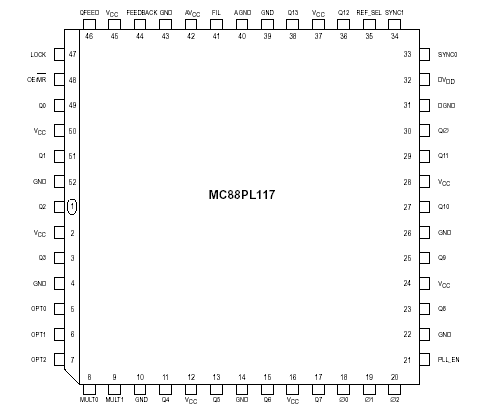MC88PL117: Features: • Clock Driver for PowerPC 601 and Pentium Microprocessors• 14 programmable outputs• Maximum outputtooutput skew of 500ps for a single frequency• Maximum outputtoou...
floor Price/Ceiling Price
- Part Number:
- MC88PL117
- Supply Ability:
- 5000
Price Break
- Qty
- 1~5000
- Unit Price
- Negotiable
- Processing time
- 15 Days
SeekIC Buyer Protection PLUS - newly updated for 2013!
- Escrow Protection.
- Guaranteed refunds.
- Secure payments.
- Learn more >>
Month Sales
268 Transactions
Payment Methods
All payment methods are secure and covered by SeekIC Buyer Protection PLUS.

 MC88PL117 Data Sheet
MC88PL117 Data Sheet







